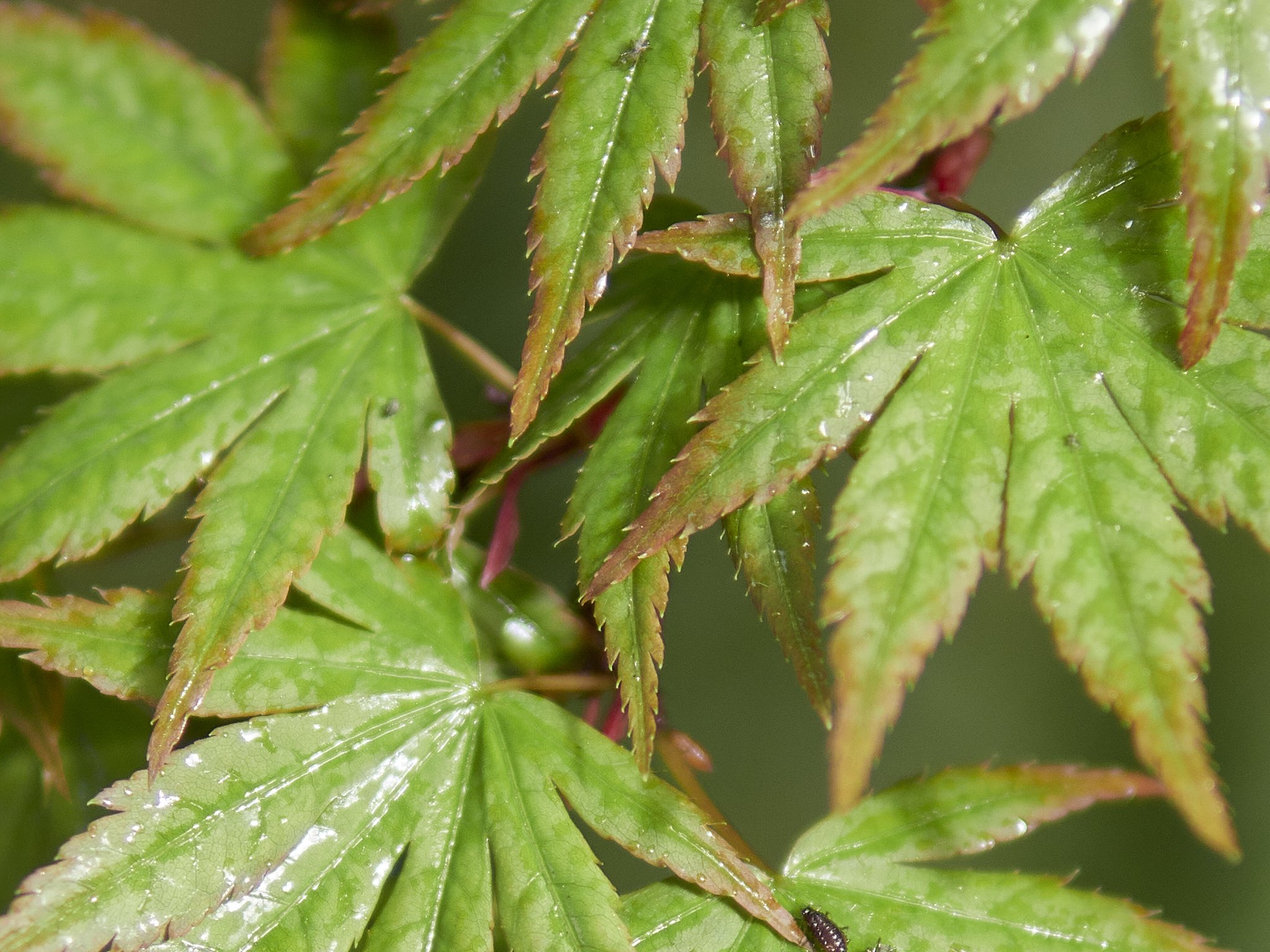Sometimes, even at a little provincial paper, we get some really cool gigs. Last night I was the shift photographer for the Tassie JackJumpers game, a national grade basketball fixture.
Held at the Launceston Silverdome between the New Zealand Breakers and Tasmanian JackJumpers (one of the worlds nastiest and insanely aggressive Ants), I was expecting the usual lighting equation of ISO 6400, 1/500th to 1/1000 at f2.8 or a little better at f1.8 with a fixed lens, which is ok, but far from ideal and during warm up, it looked to be the case.
Then they turned on the TV lights and things went from ok to very, very good.
Suddenly, I had ISO 1600-3200 at 1/1500 and f2.8, which in these conditions felt like daylight.
This meant I could use my Olympus 40-150 and 12-40 zooms, both of which are ideal for this game “shape” and stick with two bodies ready to go (theoretically, I could have even used f4 lenses).
Any nervousness that I would not be up to the extra speed of the game quickly went away when the action started. I realised that at this level, that action is very fast, but clean. High school sports tend to be a mess of kids chasing the ball, with the quality of clean action shots raising in proportion to the level. At this level of things allows you to follow a single player for a few seconds with an almost guarantee of a photo opportunity arising.
In two periods, I netted 200+ clean captures from about 800 taken (most useable, but redundant to my needs), all without high speed drive being employed. I have settled on 7 FPS which allows me to take single discreet shots, but if I know I want to take another, such as the moment the bails fly off in a bowled-out result, it is just quicker to get with the shutter button held down.











The two other photogs there, national guys, were shooting Nikon mirrorless and undoubtedly came away with technically bigger and possibly cleaner files, but I also guarantee their gear cost 2-3 times mine, which netted more than good enough results, likely identical at realistic sizes and I would put my results up against the last gen of top end SLR’s.
If the light was lower, I could have switched to the 25, 45 and 75mm lenses, with basically the same quality (and double the reach of full frame equivalents), but less depth of field and flexibility. Still, I have had success with that kit plenty of times so it is a realistic fix.






A print deadline which forcing me to miss half the game and the usual pressures of “getting the shots” melted away as the tight and hard fought game sucked me in. I remember the stupid grin I discovered I had on my face at one point. Really cool stuff.
The other shots you need to get are crowd, support staff and coach huddle and player face shots.
The small and quiet form factor or mirrorless, along with face detection allowed me to get a camera into the huddle at some quite unique angles.












This is especially helpful to get players who are injured or sidelined, and for later use. The north of the state only gets a couple of JackJumpers games a year, so we have to make the most of them for a full year of stories.
You cannot forget the behind the scenes people, like this floor cleaner, one of the busiest people in the game.
My kit for the night consisted of the EM1x with 40-150 f2.8 and EM1 Mk2 with grip and 12-40 f2.8. I did have fast primes handy, but they were not needed. I missed nothing I successfully framed (and got some real Hail-Mary’s). This affirmation empowered me to grab a used, mint condition EM1x from ebay (15,000 shutter count, ex Japan) for less than half the price of a new one. This is a good balance for me, even with the Black Friday sales looming.


































































































